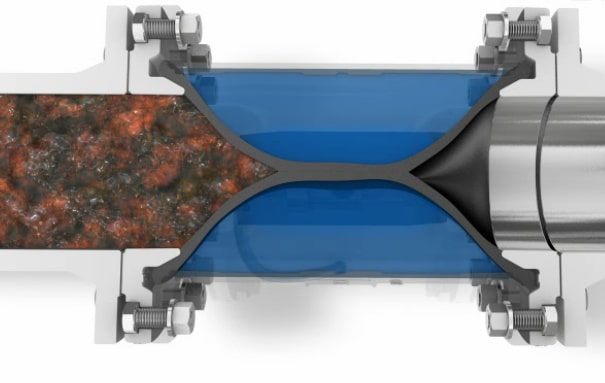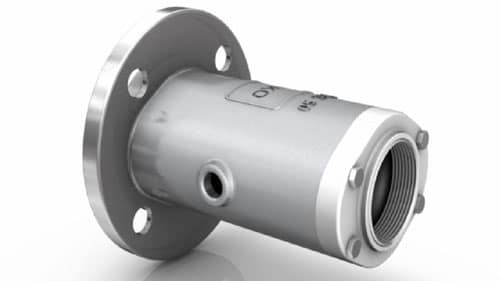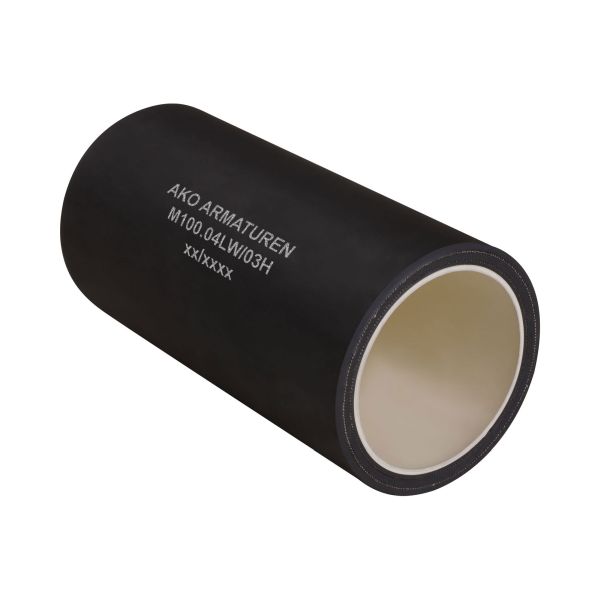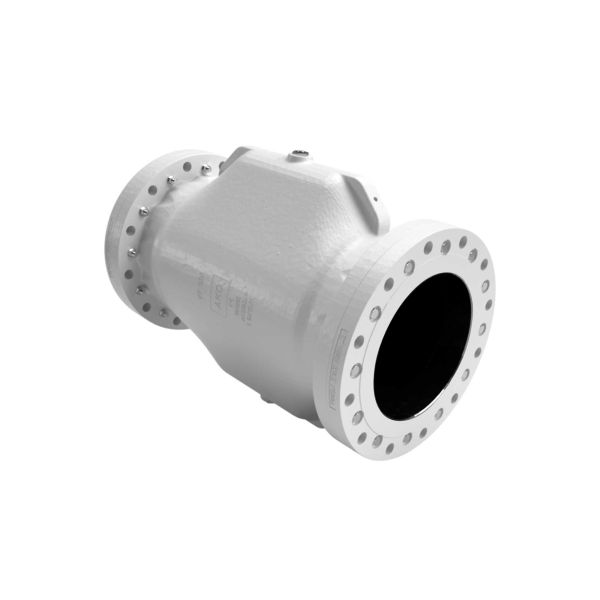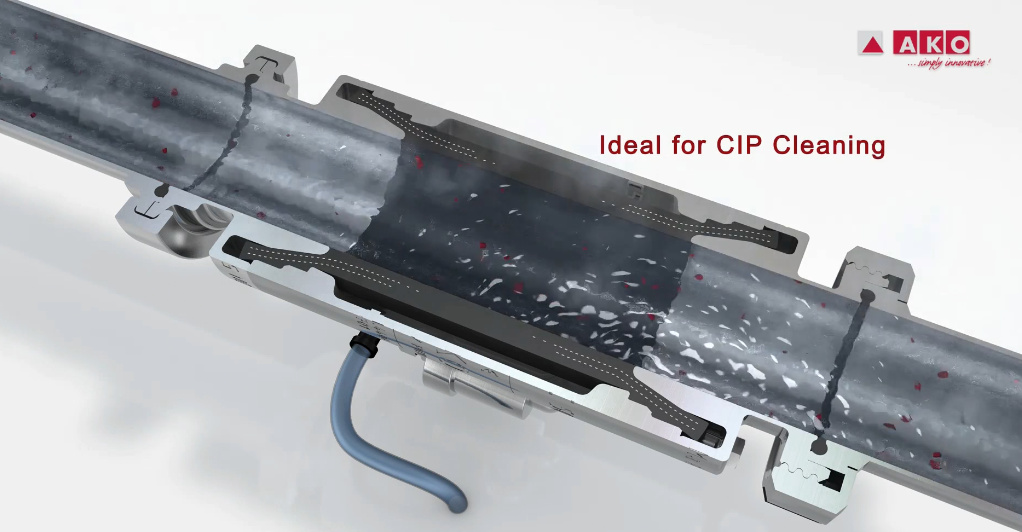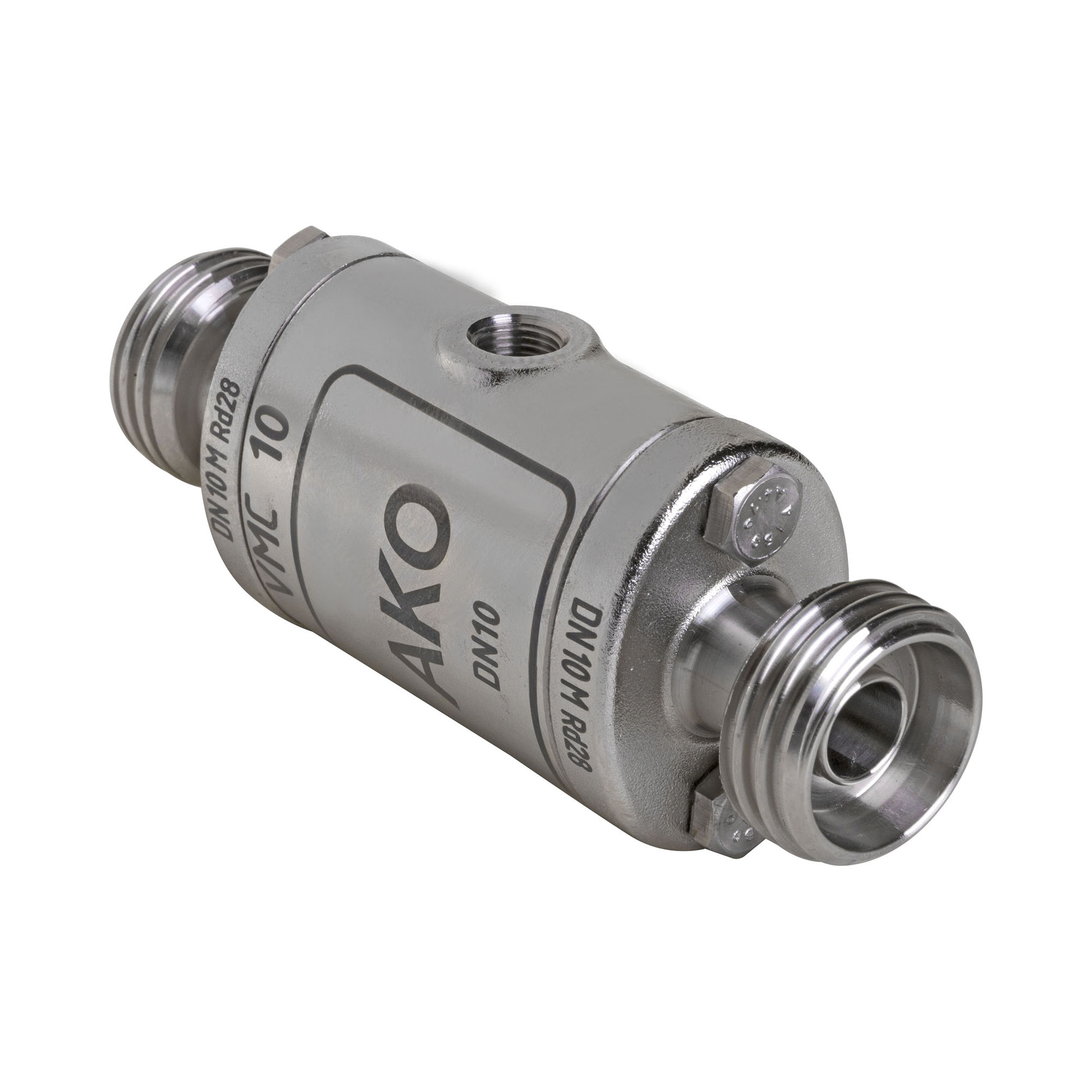Quick Shut Off Valves Characteristics
Quick Shut off valves can be described in a number of different ways, for instance the way they close – either by a metal gate, a rubber hose pinching, a ball turning, or a swiveling disc.
All types of shut off valves intend to do the same job, which is to close off the flow of a product whether it be gravity fed or pushed along using compressed air.
But which valve type is most suitable for the application being used?
Research shows that a pinch or squeeze type shut off valve is one of the best valve types for completely and quickly shutting off a constant flow of product. This is because the rubber tube inside the housing of the pinch valve pinches down so tightly that it closes off the flow 100%. Furthermore, this performance is extremely fast with the pinch type shut off valve closing in less than one second.
The difference here is that a pinch type shut off valve will not become clogged with media, whereas a ball valve or butterfly valve for example will eventually restrict the flow of product because of an unwanted build up of media, or wear of the seat or disc.
Quick Shut Off Valves & Vicious Liquids
Sludge could be used as an example of a product being conveyed through a pipeline with a quick shut off valve. Sludge is a thick, soft, wet mud or a similar viscous mixture of liquid and solid components, often the product of an industrial or refining process.
Pinch or squeeze type shut off valves are by far the best contraption for stopping and handling the flow of sludge. With the quick and tight seal, this ensures that the sludge does not seep through.
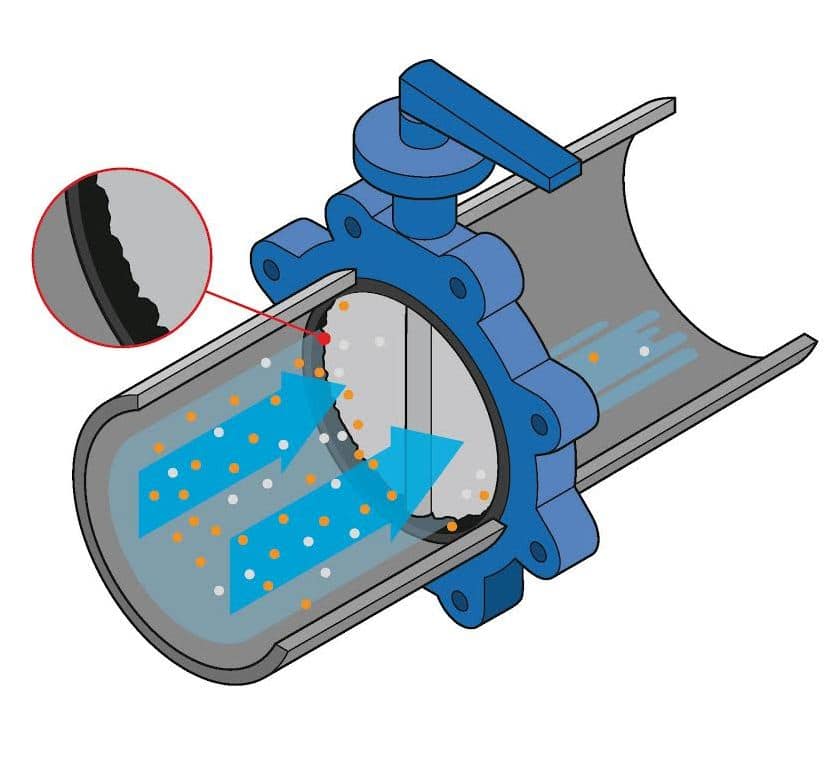
The seat material of a Butterfly Valve quickly becomes corroded, preventing a tight shut off and allowing water to seep through.
A shut off valve butterfly type is a valve which can be used for isolating or regulating flow. The closing mechanism takes the form of a disc. Operation is similar to that of a ball valve, which allows for the shut off. The disc is positioned in the center of the pipe, passing through the disc is a rod connected to an actuator on the outside of the valve. Rotating the actuator turns the disc either parallel or perpendicular to the flow.
With shut off valves, where a slurry or sludge is passed through a butterfly valve, it can gradually stick to the opening/closing disc causing a clog and build up of material. This in turn can obstruct the flow of the sludge, meaning the butterfly valve does not have a full bore opening.
On the other hand, a gate shut off valve opens by lifting a round or rectangular gate/wedge out of the path of the fluid. The gate acts as a knife, chopping down into the product to shut off the flow. Knife gate valves can be ideal solutions for bulk solids handling, however they cannot always guarantee a tight shut off when handling liquids such as water as it can leak through.
Rubber Pinch Quick Shut Off Valves – The Best Solution!
As mentioned above, shut off valves of certain types can eventually cause clogging, leaking, blocked passages and low response opening/closing times. However this can be resolved by replacing existing valves with a rubber hose quick shut off valve.
A quick shut off valve with a soft rubber seat optimises closing times, shuts off a product 100% with no leaks or blockages, and has easy maintenance with spare rubber bladders or membranes.
Soft seated rubber closing quick shut off valves are extremely versatile with their numerous different end connections available. To suit a large range of industrial applications, a rubber seated shut off valve can have two different mixed and matched ends, such as one flanged end and one internally threaded BSP connection.
Other connections available for soft seated shut off valves include tri clamp or tri clover, threaded spigot, RJT, weld-on ends, flanged both PN10/16 and ANSI 150.
Quick Shut Off Valves Pneumatic Efficiency
Quick shut off valve types that are designed as a straight-through valve, make allowance for a high rate of material flow with minimum turbulence. These particular features require a low consumption of air, which enables the system to remain in a relatively closed state, resulting in the reduction of potential airborne contamination. This type of quick shut off valve function also offers users other distinct advantages including low maintenance, its low weight and suitability for applications within explosion proof line centers.



